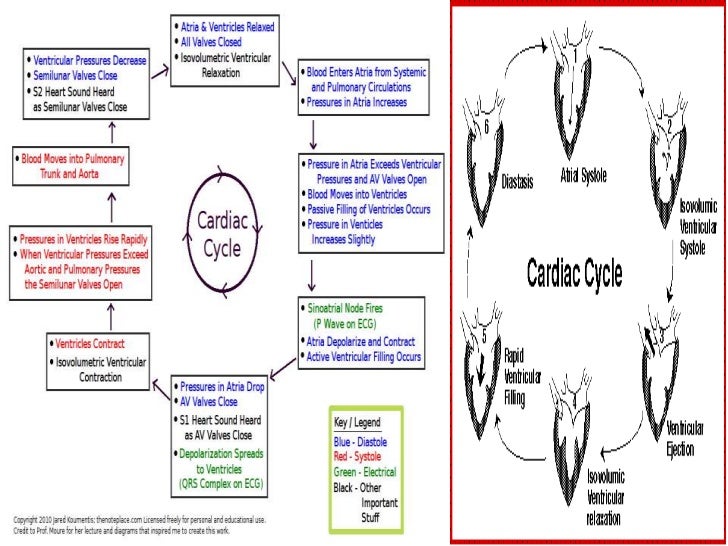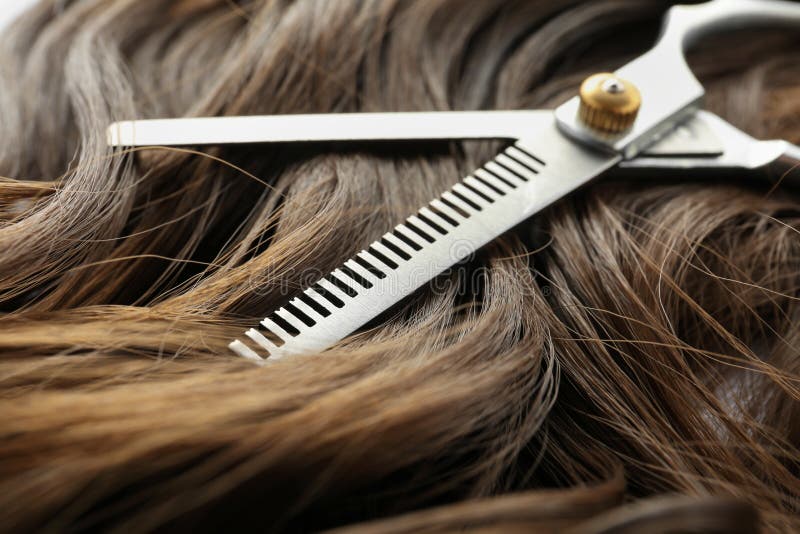Ceramic mold casting process
Ceramic Mold Casting Process. The advantages of the process include: The ceramic shell casting process starts with wax injection. In ceramic mold casting, the refractory ceramic is used as a mold material. Metal molds, metalworking dies, as well as machining cutters can be manufactured by using this type of casting process.
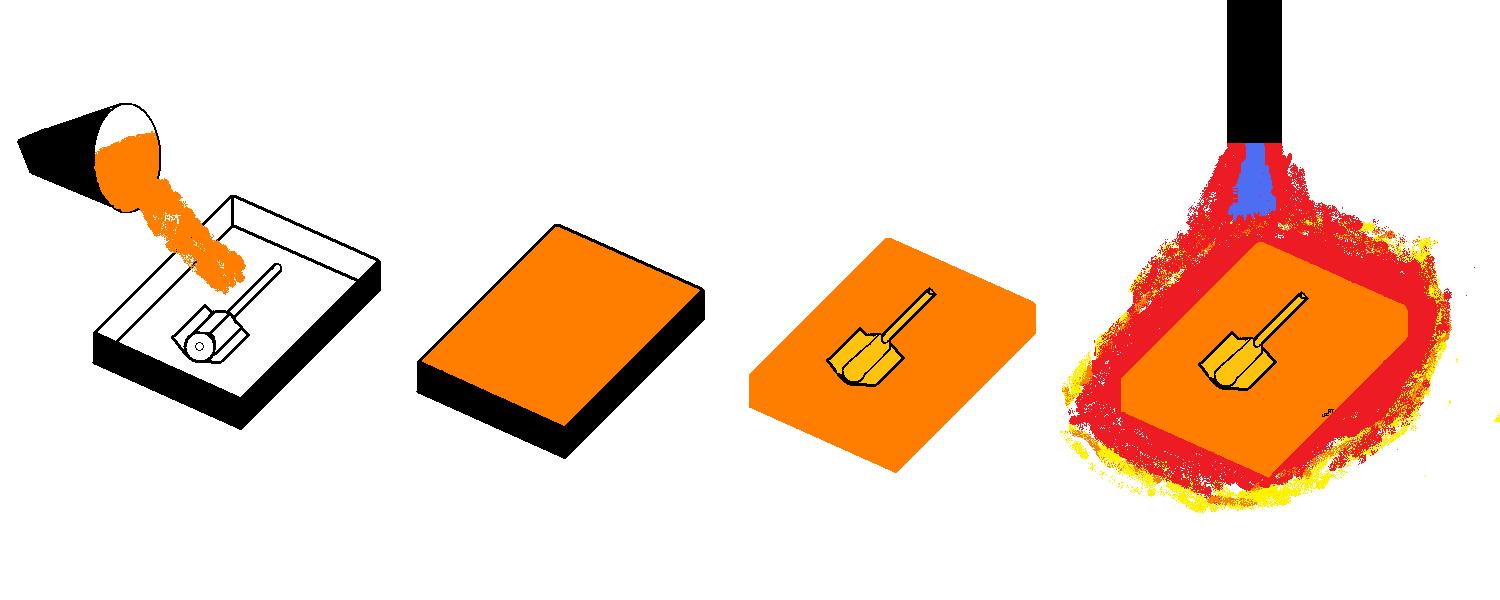 Ceramic Mold Casting From thelibraryofmanufacturing.com
Ceramic Mold Casting From thelibraryofmanufacturing.com
In the casting process, the molten metal is pressed under high pressure into a usually metallic permanent mold. Cooling channels embedded in the mold ensure rapid solidification of. Automated mould production and pattern stripping possible with simple. Metal molds, metalworking dies, as well as machining cutters can be manufactured by using this type of casting process. Our ceramic shell molding technique involves dipping the entire cluster of wax parts into a ceramic slurry, strategically draining excess slurry, then coating it with fine ceramic sand. The shaw process is the only casting process where hot metal can be poured into cold ceramic moulds without cracking.
Because of this refractory ceramic material, it can cast metals at high temperature.
Pottery techniques include the potter�s wheel, slip casting and many others. Ceramic casting uses refractory ceramics for mold material. Once cooled, the wax piece, or pattern, is removed from the die. Metal molds, metalworking dies, as well as machining cutters can be manufactured by using this type of casting process. This liquid is poured in the gap between the ‘mast. The first step in manufacture by ceramic mold casting is to combine the material for the mold.
 Source: mech4study.com
Source: mech4study.com
Ceramics is a design course from iit guwahati. A wax model is created of the desired item. All the advantages of plaster mold casting are. On the flip side of the cost, however, the process can eliminate the need for secondary processes that require machines to finish or refine the process. The casting material can now be poured in, creating an exact replica of the wax model.
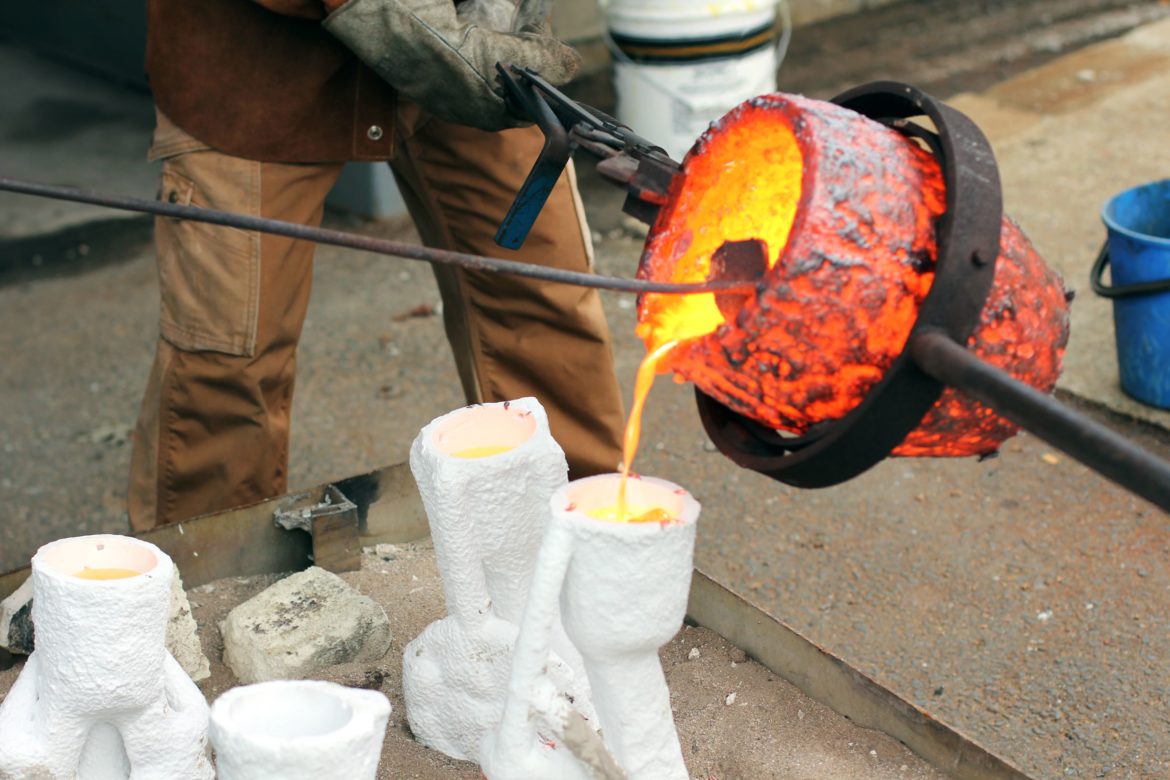 Source: jamaicaplainnews.com
Source: jamaicaplainnews.com
Sand is packed around the obtained polystyrene foam to create mold cavity. A wax model is created of the desired item. On the flip side of the cost, however, the process can eliminate the need for secondary processes that require machines to finish or refine the process. Pottery techniques include the potter�s wheel, slip casting and many others. It is then encased in ceramic, leaving a small channel open.
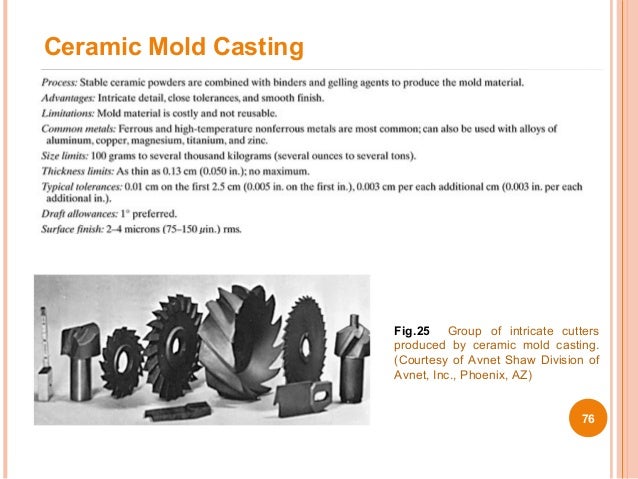 Source: slideshare.net
Source: slideshare.net
Metal molds, metalworking dies, as well as machining cutters can be manufactured by using this type of casting process. Ceramics are refractory materials that also metals that have high melting temperatures are molded. Methods for forming powders of ceramic raw materials into complex shapes are desirable in many areas of. Automated mould production and pattern stripping possible with simple. Metal molds, metalworking dies, as well as machining cutters can be manufactured by using this type of casting process.
 Source: mech4study.com
Source: mech4study.com
Introduction ceramic molding has been around for centuries. The first step in manufacture by ceramic mold casting is to combine the material for the mold. This slurry is poured over the casting pattern and let set. John campbell obe freng deng phd mmet ma, in complete casting handbook, 2011. It is particularly useful when you must produce a part that requires complex machining.
 Source: researchgate.net
Source: researchgate.net
This molding process is used by many industries including printing, aerospace, optical, medical, dental, chemical, and more. Each pattern is attached to the sprue by. The advantages of the process include: When the ceramic is fired the wax melts away, leaving a ceramic mold. Ceramic mold casting, is an expendable process in which reusable and cheap patterns made of wood, metals, plastic or rubber are used.
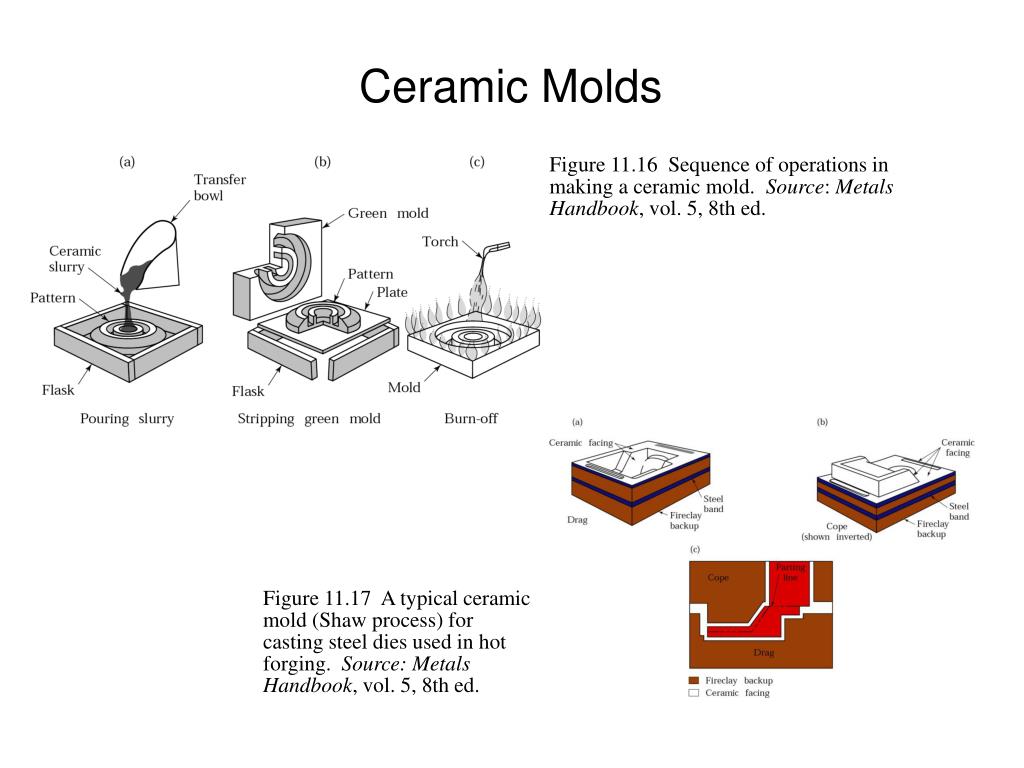 Source: slideserve.com
Source: slideserve.com
Several wax patterns are attached to a wax pole, or sprue. The first step in manufacture by ceramic mold casting is to combine the material for the mold. Metal molds, metalworking dies, as well as machining cutters can be manufactured by using this type of casting process. The advantages of the process include: Ceramic casting uses refractory ceramics for mold material.
 Source: thekneeslider.com
Source: thekneeslider.com
Ceramic mold castings, also known as the shaw process, provide an excellent way to see a part prototype without the higher expense and longer lead time accrued by investment casting. Cooling channels embedded in the mold ensure rapid solidification of. Even though it is a very expensive process, ceramic mold casting. A wax model is created of the desired item. The pattern is then removed and the mold is left to dry.
Source: muddculture.blogspot.com
Due to low pattern costs compared with the lost wax process, and cases where patterns can be altered, makes the process suitable for short production runs. A die, or tool, is filled with wax, injected in a liquid or a paste form, so it flows into the detail of the mold. Die casting is a casting process used primarily for mass and serial production. Ceramic molding process vinayak kumar 212314011. Difference of ceramic mold casting process.
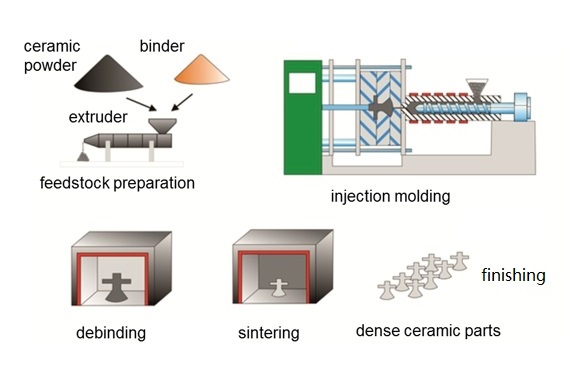 Source: jiangsutech.com
Source: jiangsutech.com
Pottery techniques include the potter�s wheel, slip casting and many others. Ceramic molds as used in investment casting have enjoyed the reputation of being the most accurate of all the various mold types available. The advantages of the process include: Moulds are made with pop (plaster of paris) mixed in water. Introduction ceramic molding has been around for centuries.
 Source: superduperstudio.net
Source: superduperstudio.net
Any patterns made of wood, metal or plastic can be used. In ceramic mold casting, the refractory ceramic is used as a mold material. In the casting process, the molten metal is pressed under high pressure into a usually metallic permanent mold. Pottery techniques include the potter�s wheel, slip casting and many others. Ceramic mold casting, is an expendable process in which reusable and cheap patterns made of wood, metals, plastic or rubber are used.
 Source: polymertek.com
Source: polymertek.com
When it comes to casting, experts combine raw materials, dispersant, and solvating media before feeding the mixture into an absorbent die. Ceramics are refractory materials that also metals that have high melting temperatures are molded. Because of this refractory ceramic material, it can cast metals at high temperature. Alloys with a lower melting point, such as aluminum or magnesium, are mainly cast. The injection process includes molding dies filled under pressure before being cooled to allow the mixture to harden.
 Source: researchgate.net
Source: researchgate.net
Whereas investment castings is limited to 100 pounds, bimac can do 300 pounds and above using the ceramic mold process. Die casting is a casting process used primarily for mass and serial production. Pottery techniques include the potter�s wheel, slip casting and many others. Difference of ceramic mold casting process. Metal molds, metalworking dies, as well as machining cutters can be manufactured by using this type of casting process.
 Source: rosettoshoes.com
Source: rosettoshoes.com
Ceramic mold casting, is an expendable process in which reusable and cheap patterns made of wood, metals, plastic or rubber are used. In the casting process, the molten metal is pressed under high pressure into a usually metallic permanent mold. Methods for forming powders of ceramic raw materials into complex shapes are desirable in many areas of. The process does not require any risering, venting or chilling because the rate of cooling is very slow. Alloys with a lower melting point, such as aluminum or magnesium, are mainly cast.
 Source: mechanicalbase.com
Source: mechanicalbase.com
Alloys with a lower melting point, such as aluminum or magnesium, are mainly cast. A mixture of fine grain zircon (zrsio 4 ), aluminum oxide, fused silica, bonding agents, and water, creates a ceramic slurry. The first step in manufacture by ceramic mold casting is to combine the material for the mold. Consider all the advantages of the plaster molding process which are the intricate parts can be produced in the range of 20 grams to 100 kilograms parts. In expanded polystyrene molding process, the pattern of the cast product is produced from polystyrene foam.
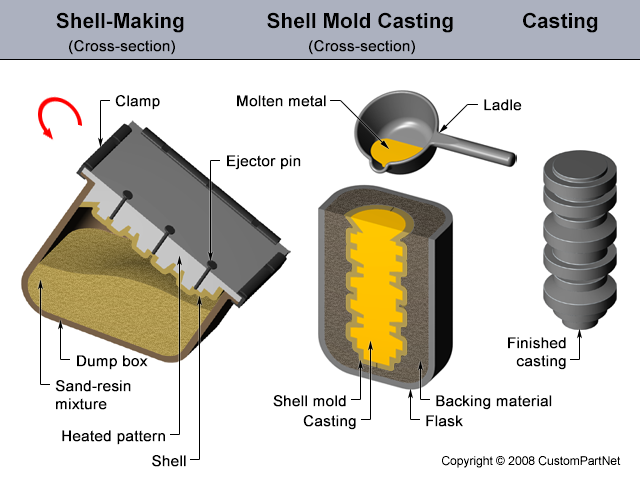 Source: formechanicalengineering.blogspot.com
Source: formechanicalengineering.blogspot.com
John campbell obe freng deng phd mmet ma, in complete casting handbook, 2011. Because of this refractory ceramic material, it can cast metals at high temperature. Our ceramic shell molding technique involves dipping the entire cluster of wax parts into a ceramic slurry, strategically draining excess slurry, then coating it with fine ceramic sand. Due to low pattern costs compared with the lost wax process, and cases where patterns can be altered, makes the process suitable for short production runs. In ceramic mold casting, the refractory ceramic is used as a mold material.
 Source: thelibraryofmanufacturing.com
Source: thelibraryofmanufacturing.com
In expanded polystyrene molding process, the pattern of the cast product is produced from polystyrene foam. Consider all the advantages of the plaster molding process which are the intricate parts can be produced in the range of 20 grams to 100 kilograms parts. A die, or tool, is filled with wax, injected in a liquid or a paste form, so it flows into the detail of the mold. Our ceramic shell molding technique involves dipping the entire cluster of wax parts into a ceramic slurry, strategically draining excess slurry, then coating it with fine ceramic sand. The process does not require any risering, venting or chilling because the rate of cooling is very slow.
 Source: researchgate.net
Source: researchgate.net
Ceramic mold casting is similar to the plaster mold casting process. Methods for forming powders of ceramic raw materials into complex shapes are desirable in many areas of. The advantages of the process include: Investment casting is a manufacturing process in which a liquid material is poured into a ceramic mold, which contains a hollow cavity of the desired shape, and then allowed to solidify. Ceramic forming techniques are ways of forming ceramics, which are used to make everything from tableware such as teapots to engineering ceramics such as computer parts.
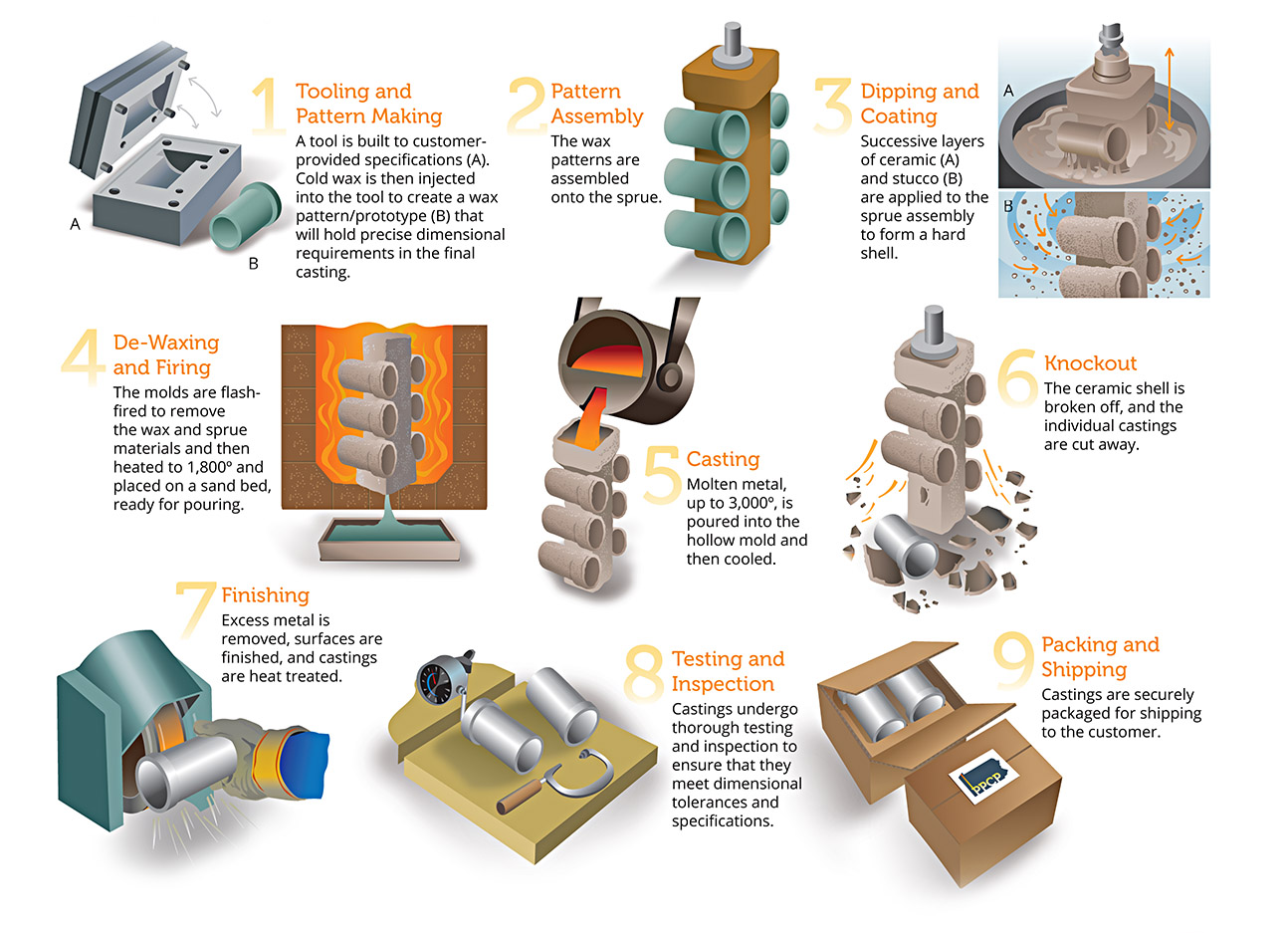 Source: news.ewmfg.com
Source: news.ewmfg.com
Ceramic molds are typically employed with the “lost wax” process of casting. Metal molds, metalworking dies, as well as machining cutters can be manufactured by using this type of casting process. The transition from solid to liquid is a physical process, which does not cause pollution to the environment and can be used as waste. The pattern is then removed and the mold is left to dry. High precision and very good surface finish.
If you find this site serviceableness, please support us by sharing this posts to your preference social media accounts like Facebook, Instagram and so on or you can also save this blog page with the title ceramic mold casting process by using Ctrl + D for devices a laptop with a Windows operating system or Command + D for laptops with an Apple operating system. If you use a smartphone, you can also use the drawer menu of the browser you are using. Whether it’s a Windows, Mac, iOS or Android operating system, you will still be able to bookmark this website.


